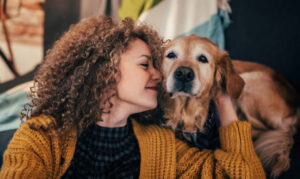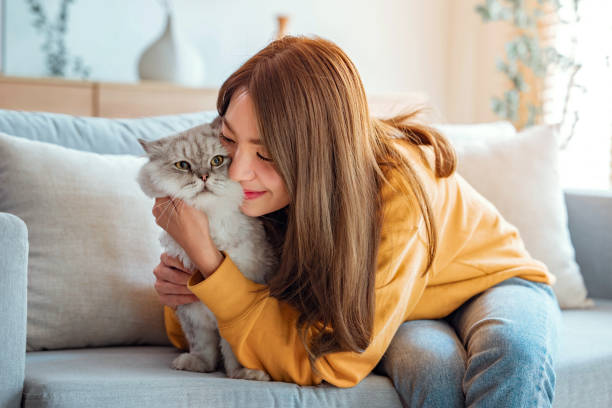Pet’s Body Language

Our furry (or feathery, or scaly) companions can’t exactly tell us how they’re feeling in words. But fear not, pet parents! By understanding your pet’s body language, you can unlock a whole new level of communication and build an even stronger bond.
Introduction:
Just like humans, animals use a combination of facial expressions, postures, vocalizations, and tail movements to communicate their emotions and intentions. Being familiar with these signals can help you:
- Recognize signs of happiness and contentment: A relaxed posture, soft eyes, and a playful wag (for our canine friends) all indicate a happy pet.
- Identify fear or anxiety: Dilated pupils, flattened ears, and tucked tails are all signs your pet feels scared or threatened.
- Avoid misunderstandings: A seemingly playful swat from your cat might actually be a warning to back off.
- Strengthen your bond: Responding appropriately to your pet’s body language builds trust and shows you care.
Decoders Needed: Species-Specific Communication
While some body language signals are universal across many animals, it’s important to remember that each species has its own unique way of communicating. Here’s a quick look at some common pets:
- Dogs: The poster children for expressive body language, dogs wear their emotions on their sleeves (or rather, wag). A relaxed body, open mouth with a lolling tongue, and a wagging tail (the direction of the wag can even indicate the intensity of emotion!) all point to a happy pup. Conversely, a stiff posture, tucked tail, and growling are signs of fear or aggression.
- Cats: Cats are masters of subtlety. A swishing tail can indicate annoyance, while slow blinks and head bunting show affection. Dilated pupils and flattened ears often signal fear or aggression. Pay close attention to their ears and whiskers for a clearer picture of their mood.
- Small Animals: Rabbits thump their feet when they feel threatened, while guinea pigs chattering their teeth might be a sign of pain or dominance. Understanding the typical postures and sounds of your small pet will help you identify when they’re happy, scared, or in need of attention.

Beyond the Basics: The Full Picture
Remember, body language is a conversation, not a single word. To truly understand what your pet is saying, consider all the following:
- Context: A low growl from a dog playing with a toy might be playful, whereas one from a dog encountering a stranger could signal aggression.
- Individuality: Just like people, pets have their own personalities. Learn your pet’s baseline behavior to identify when they’re acting out of character.
- Combined Signals: Look at the whole picture! A wagging tail might not mean happiness if your dog also has flattened ears and tense body language.
Building a Better Bond: Responding to Your Pet’s Body Language
Once you’ve deciphered your pet’s message, how do you respond? Here are some tips:
- Respectful Retreat: If your pet shows signs of fear or anxiety, give them space. Don’t force interaction and allow them to approach you on their own terms.
- Positive Reinforcement: Reward happy and relaxed behavior with treats, praise, or petting (on their terms, of course!).
- Seek Help: If your pet’s body language consistently indicates fear, aggression, or pain, consult a veterinarian or animal behaviorist to address the underlying cause.
Keep your pet healthy!
Don’t wait for signs of trouble. Schedule a check-up at the Animal Hospital of Aurora. Our caring team offers comprehensive care to keep your furry friend happy for years to come. Book an appointment today!

Conclusion:
By understanding your pet’s body language, you can create a more harmonious relationship and ensure their overall well-being. Remember, a little observation goes a long way in strengthening the bond you share with your furry (or feathery, or scaly) friend.



